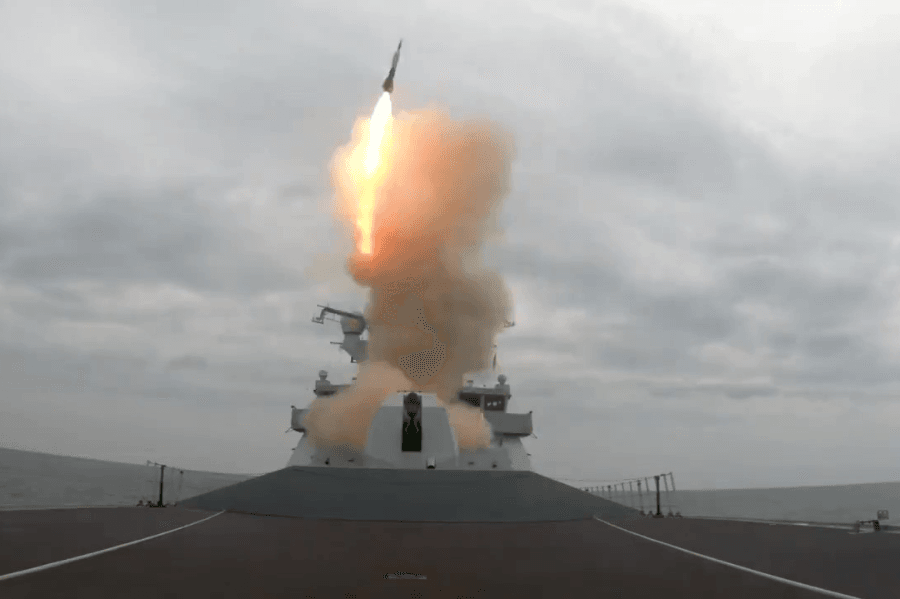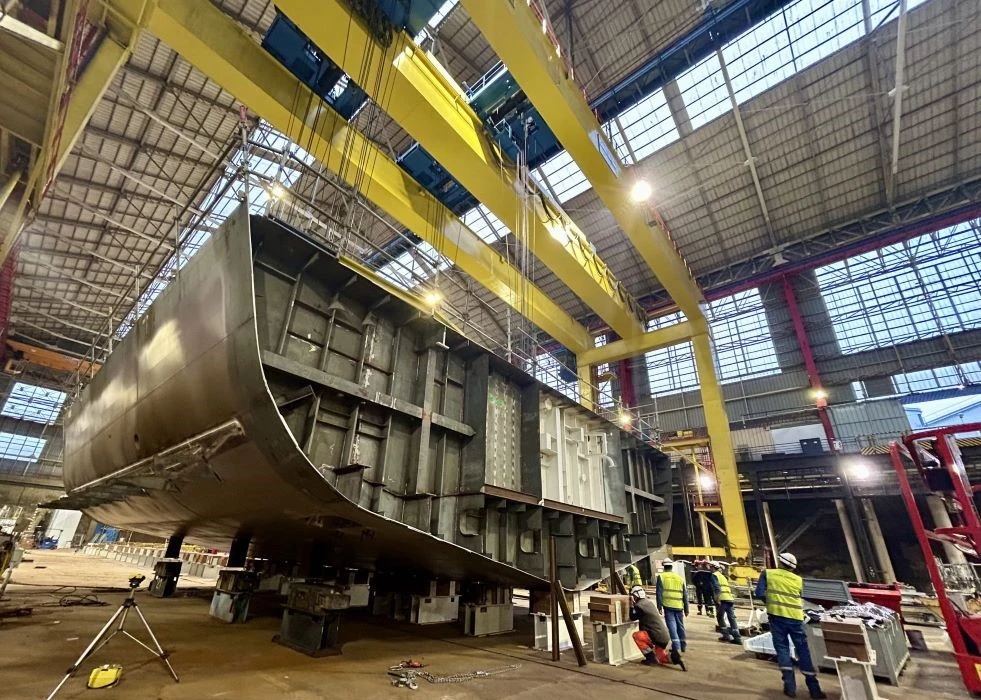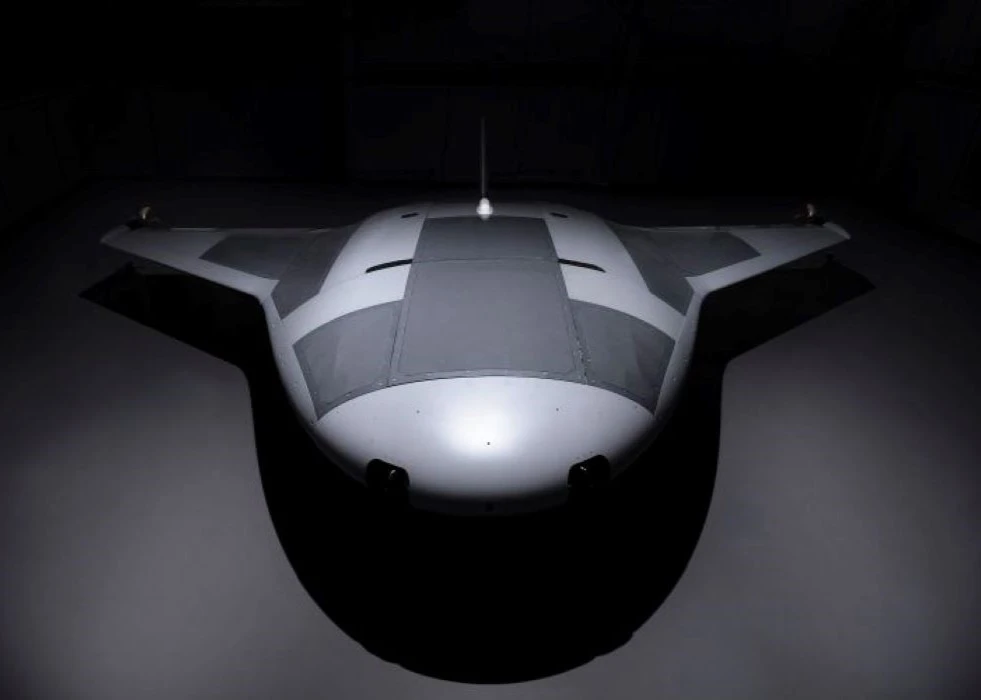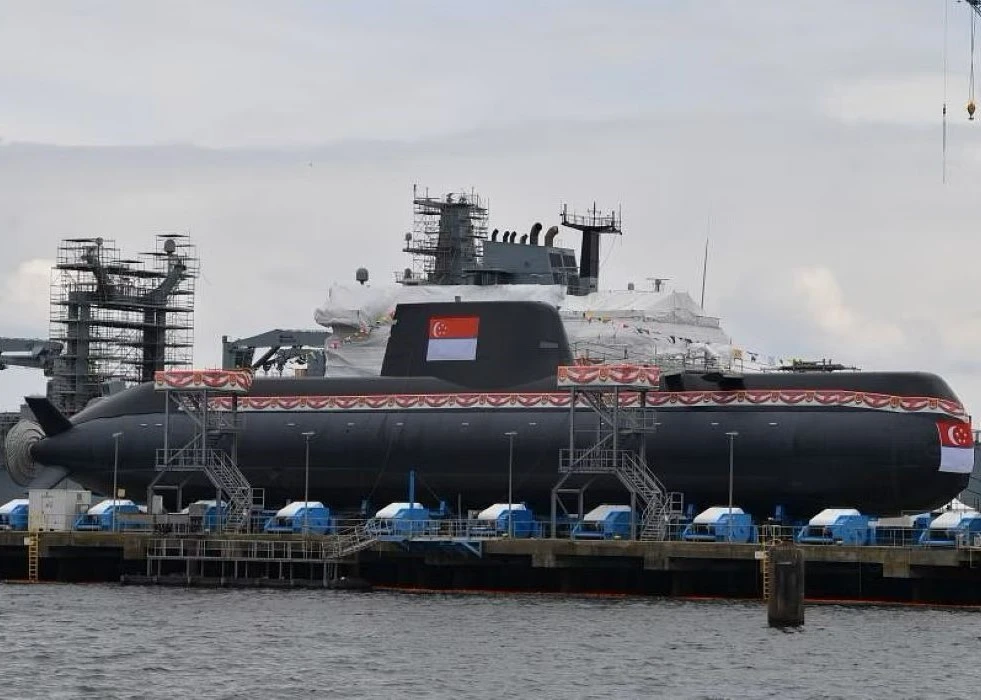HMS Dragon is the fourth ship of Type 45 or Daring-class air-defence destroyers built for the Royal Navy. She was launched in November 2008 and commissioned on 20 April, 2012.
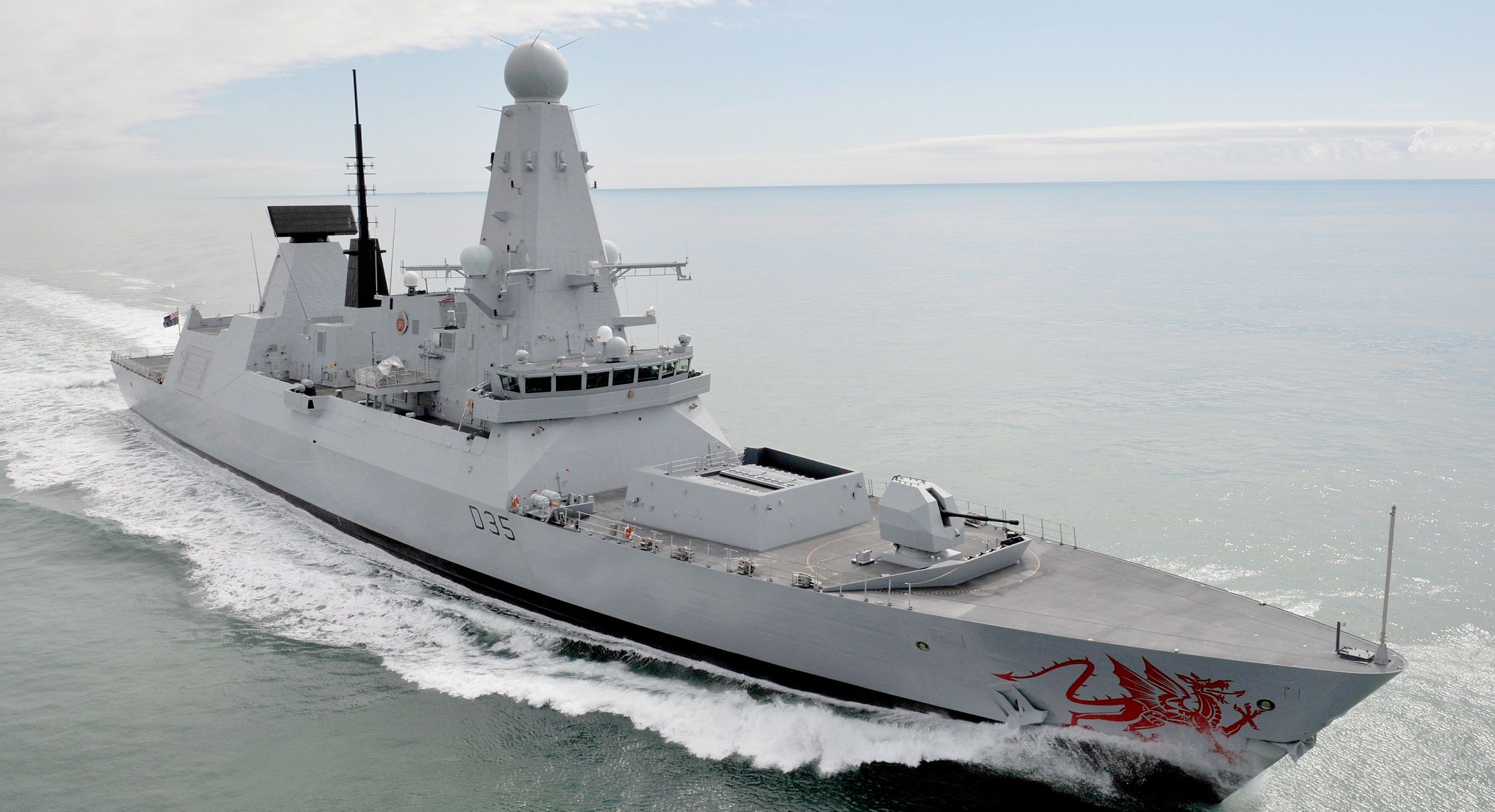
HMS Dragon’s weapons and sensors were tested for ballistic missiles plunging towards Earth from space. The missile heading towards the ships reaches nearly three times the speed of sound. The test took place during the “Exercise Formidable Shield”.
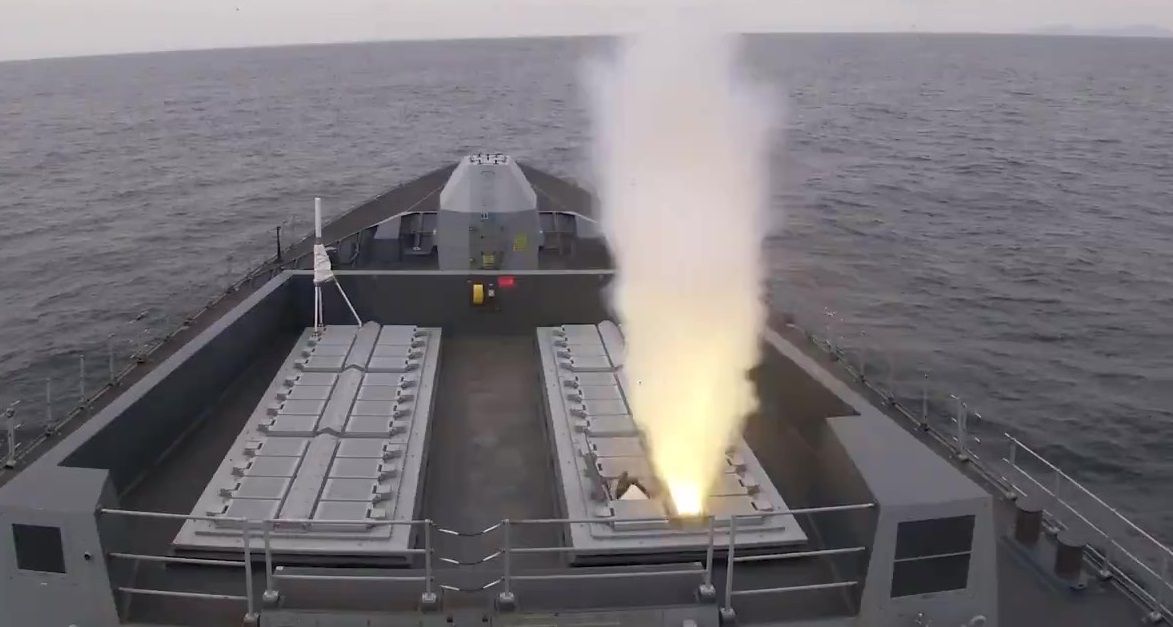
The test is run every two years to evaluate the ability of NATO ships both individually and collectively to deal with the latest aerial threats. The test starts from tracking missiles as they came within range of radars and sensors to eliminate those threats. Two years ago, HMS Defender was tested.
Sea Viper is more than four metres high, and it can travel at four times the speed of sound inside two and a half seconds.
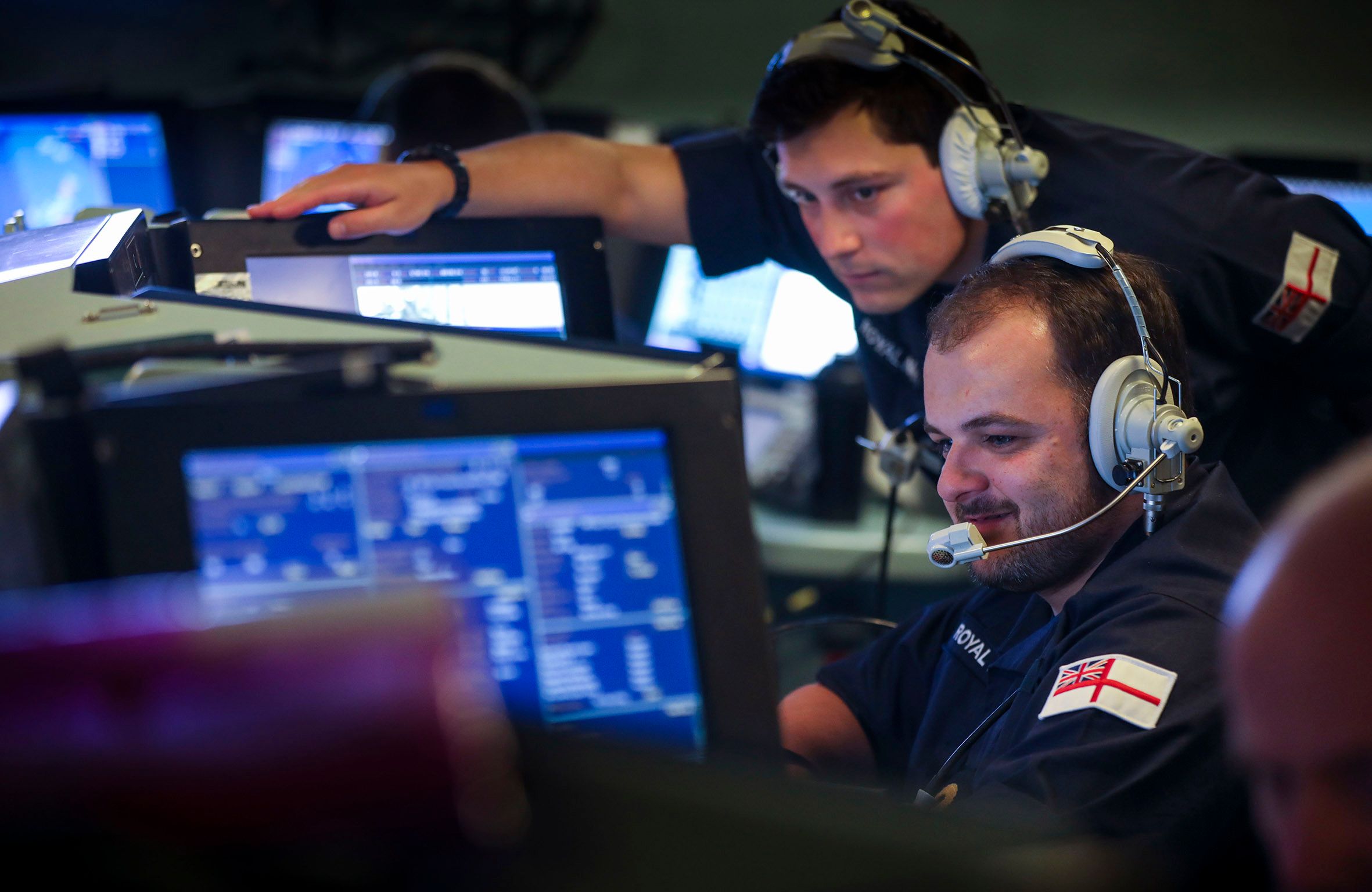
The Royal Navy is using artificial intelligence for the first time at sea in a bid to defeat missile attacks. The technology allows the operator to identify missile threats more quickly than usual.
Formidable Shield proved that Dragon could track long-range ballistic missiles into space – and crucially on their return trajectory – at speeds of over Mach 8.
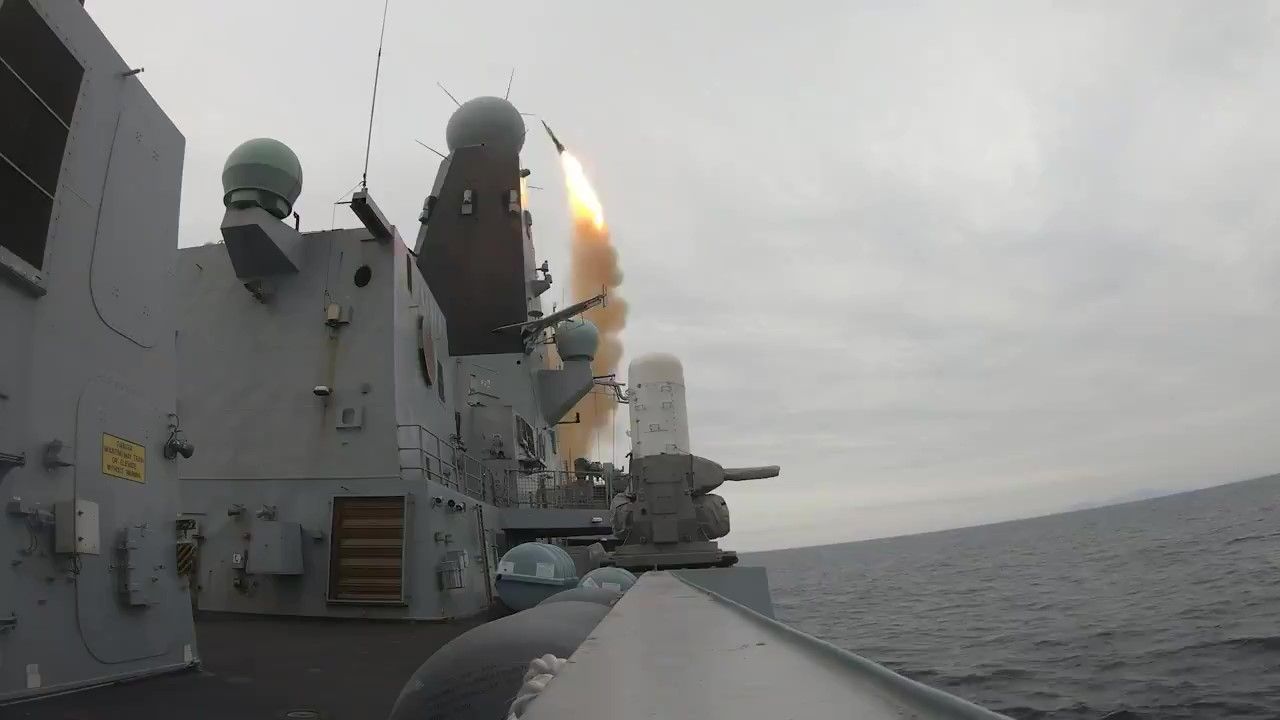
The destroyer was also able to track supersonic sea-skimming Coyote targets hurtling over the Atlantic at more than 2,100 miles per hour. It shares that information with ships from Norway, Netherlands, Spain, Italy, and France to take out the drone.
Ten NATO nations – Belgium, Denmark, France, Germany, Italy, the Netherlands, Norway, Spain, the UK and the USA – committed personnel, ships, or aircraft (or all three) to Formidable Shield.
Led by the US Navy’s Sixth Fleet and using Spanish frigate ESPS Cristóbal Colón as the flagship, 15 ships, more than ten aircraft and above 3,000 personnel participated in the 2021 iteration of the biennial exercise.
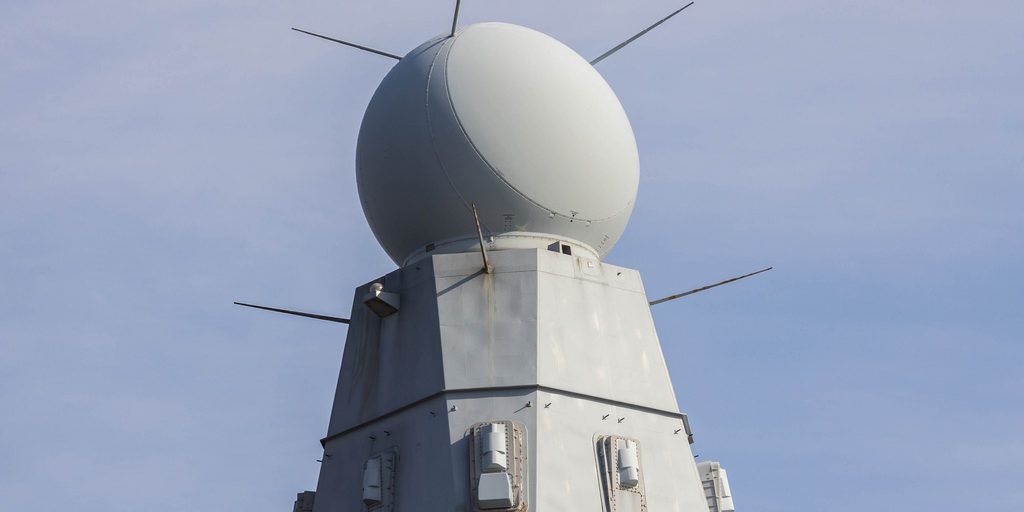
The UK’s Sea Viper defence system comprises the Sampson radar and the Aster Block 30 (Principal Anti Air Missile System/PAAMS) missile system to intercept missiles.
While the radar system is on top of a Type 45 destroyer’s main mast, the Aster missile system is positioned in a silo on the ship’s upper deck.
Sea Viper can track aircraft and other objects, identify threats, and destroy them when necessary.
Two years ago, HMS Defender was tested against another type of threat. HMS Defender intercepted an incoming drone target. The target drone was designed to simulate a projectile attack on the warship. It, therefore, flew faster and lower than the ones previously used. The test represented HMS Defender’s missile firing capability against this particular type of target.

